[ad_1]
As soon as she hears the Immigration bus arrive, Ruth hides her young children as best she can and lies down on the bed. She already knows what they’re going to do to her.
Rape — she can’t remember how many times it has happened to her — is the irreplaceable bargaining chip that keeps immigration agents from deporting her back to Haiti. She left her home country due to violence and extreme poverty five years ago.
Sometimes, she urinates just upon hearing the engine. Other times, she “lets it happen quickly.” Anything is better than returning to her country.
Ruth — not her real name — anonymously shares her testimony with EL PAÍS in a tiny room made of wood and sheet metal. She lives in the humble neighborhood of Kosovo, 15 minutes from the luxury hotels and subdevelopments of Punta Cana that, each year, open their doors to millions of tourists in search of all-inclusive resorts near the sea. This paradise in the Dominican Republic is partly sustained by those who are currently being persecuted and violated.
Ruth’s irregular status means that she can’t report the immigration agents who raped her to the police, nor does she dare go to a hospital to rule out sexually transmitted diseases. “I’m fed up with them coming,” she laments, her eyes exhausted, while scrubbing her children’s clothes in a bucket of soap and water.
Since the administration of President Luis Abinader announced a tightening of the Dominican Republic’s immigration policy in early-April, a large portion of the undocumented population has opted to hide at home and go out as little as possible. Currently, public hospitals and construction sites have become routine stops for the massive raids that — in the first 12 days of April alone — deported 14,874 people. In 2024, the total number of people deported from the Dominican Republic was 276,215.
For Guadalupe Valdez — a member of the Migration and Human Rights Collective — the main issue is that, in the Dominican Republic, immigration is seen as a problem, instead of a reality. “The government is unsure about how to resolve the migration issue and has instead adopted populist measures to please conservative sectors,” she explains.
Although it’s difficult for testimonies like Ruth’s to reach the authorities due to fear, her organization has reported 12 similar complaints to the Public Prosecutor’s Office. “The agents must be prosecuted and removed from the Immigration Service,” she affirms. Valdez fears that hundreds of human rights violations — a number that continues to rise since April 6 — will go unpunished.
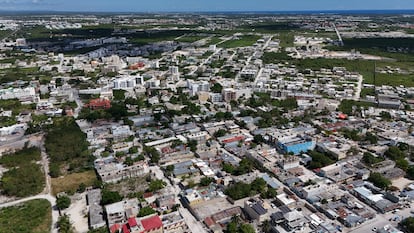
On April 6, Abinader announced a package of 15 immigration measures with Trumpian overtones. These include the accelerated construction of a border wall (which barely reaches 34 miles, out of a 250-mile-long border); the increase in military and immigration patrol personnel (the “eyes of the homeland,” according to the president); new protocols in hospitals, which will require the deportation of convalescents with irregular status; and what the president has called a “Dominicanization” of employment, with higher wages being mandated in the agricultural and tourism sectors to encourage the hiring of Dominican citizens.
“Without Haitian labor, construction comes to a standstill”
It’s no secret to any Dominican that both the precarious sectors are largely staffed by undocumented workers. In the country, nearly 80% of those working in construction are of Haitian origin, while practically 60% of them work informally. That’s why the president of the Dominican Confederation of Micro, Small and Medium Construction Enterprises (COPYMECON) — Eliseo Cristopher — has called for regularization of their status.
“If we don’t have Haitian labor, the construction sector will definitely come to a standstill,” he warns. The minister of Agriculture, meanwhile, acknowledged that deportations were seriously affecting the banana, coffee and livestock sectors.
Despite criticism, the president fervently defends his firm approach. “Our identity will not be diluted. Our generosity will not be taken advantage of. Solidarity has limits here,” he said, after appointing Milton Ray Guevara to head a commission responsible for the new immigration regulations. The former judge was president of the Constitutional Court when a ruling was passed that left more than 130,000 people in the country stateless.
“With these measures, the government is consolidating the apartheid regime against Haitians and Black and vulnerable populations that has long existed,” affirms Roudy Joseph, spokesperson for the Dominican Haitian Collective. “This is a policy of terror that’s not far removed from the Haitian gangs that the Dominican government is supposedly defending itself against.”
In mid-May, Abinader held the first of his promised “regular meetings” with three former Dominican presidents to promote a “unified and joint” foreign policy on “border security.” After the first meeting, the former presidents gave a “positive” assessment of the measures being implemented by the state.
For Elena Lorac — from the Common Organized Network of Dominican Citizens (Reconoci.Do) – this is yet another example of the lack of dissident voices on the political scene: “Everyone has normalized attacks on migration.”
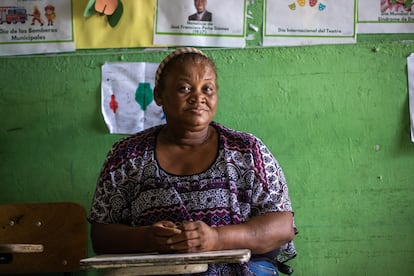
The so-called “limits of solidarity” that the president mentioned were strongly felt in María’s classrooms. Since 2009, this community leader has been seeking resources to upkeep a small school in the neighborhood. Here, they treat migrant children as what they are: children.
“I don’t care if they’re foreigners or not: they’re my students,” she exclaims, from one of the chipped desks. Behind her, a Dominican flag — drawn with red and blue crayons — is peeling from the wall. Ninety-eight percent of the students are Haitian.
“Since the measures were approved, many have stopped coming,” María laments. “In the first grade class, there were 32 students, but today, only 21 showed up. In the second grade, there are 42, and now, only 24 children are coming. In this other grade, 37 are missing…”
In her wallet, she keeps a shell casing. It was sent to her as a warning, just one of the many threats that she receives for the work she does. Parents — those who still dare to bring their children to school — arrive in a hurry, wearing their uniforms. They’re all hardworking Haitians. The mothers sometimes carry mops and brooms, while the fathers — who work as taxi drivers or on construction sites — are often wearing fluorescent vests.
Many children have begun to go home alone, not fully understanding why they’re being persecuted. So far this year, nearly 7,000 Haitians have voluntarily returned to their country.
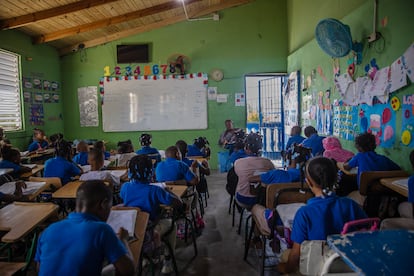
“Ethnic cleansing” in Punta Cana
Tourism is one of the current government’s main objectives. In 2024, the Caribbean island of 11 million inhabitants will receive the same number of tourists. About 60% of them will land at Punta Cana International Airport. This industry represents 15% of the country’s GDP and generates more than $10 billion in foreign currency annually. That’s why Tourism Minister David Collado has repeatedly stated: “It’s an extremely important market, for which we are determined to continue fighting.”
Part of that fight — according to activists — involves deporting people at all costs. Horrible stories are repeated in the violent and clumsy process. Babies have been deported alone. Pregnant women — or those who recently had C-sections — have been forced to return to Haiti. Even young Dominicans with papers have been picked up by the authorities. And then, there are cases like Ruth’s.
Abigail, 33, was forced to perform oral sex on one of the Dominican immigration agents. Just like 26-year-old Esther, who was forced to do so one month after giving birth, in front of her children. Martina’s 14-year-old cousin also heard the same words: “If you don’t want us to send you back, you’ll have to help me.”
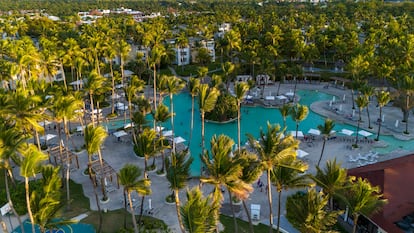
The neighborhood’s social leaders point out that there are many more victims. They note that the modus operandi over the last month has been similar: the agents arrive, steal the migrants’ few savings hidden under their mattresses and, sometimes — when the victims are young women — demand sexual favors.
“This is a cemetery for the living,” one of them concludes. She prefers not to give her name, for fear of reprisals.
Elena Lorac insists: “What’s being committed here is ‘ethnic cleansing.’ It’s classic persecution, in an attempt to whiten the society, which has been going on since the [Trujillo] dictatorship. This is a replica of what’s happening in the United States.”
The neighborhood of Kosovo is far removed from the luxurious hotels of Punta Cana, where an all-inclusive night costs no less than $200. However, the labor force is drawn from these impoverished neighborhoods. At a corner of Kosovo known as “The Pool,” dozens of young Haitians arrive early in the morning — with their tools in tow — to be selected by the construction foremen.
“They say: ‘I need two bricklayers and a carpenter.’ And they take them from here,” another community leader explains. Since April 6, however, few dare to offer their services. And almost all the street food stalls have been shuttered. “Everyone is afraid, even if they have papers. They’re suffocating them,” she adds.
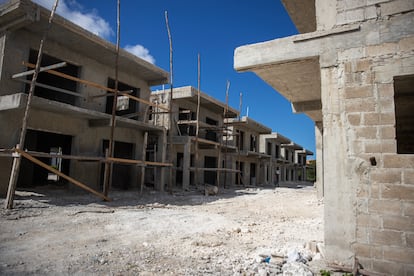
Wady Lorenzo is a construction engineer. At the moment, though, his job site is silent. Of the 30 workers who usually labor on the 42-unit apartment complex, only six have arrived.
“At this rate, we’ll never finish the work. They’re very afraid to come, so I have to pay them more to get them to show up,” the indignant manager huffs. He runs the Hormizimj Construction Company. When asked about the president’s measures aimed at incorporating Dominicans into the sector, he laughs. “You have to beg Dominicans to want to work here. They can’t stand it.”
Lorenzo explains that he has already helped regularize a dozen of his Haitian employees. “But the procedures are very slow and expensive… we have to make it easier for those who come to work, because I’m telling you, without the morenos [referring to dark-skinned people, as Haitians are known in the Dominican Republic], the country won’t develop.”
Meanwhile, at María’s school, several children are playing a new version of tag, in which the immigration officer catches you. She separates them and asks that they play something else.
“The immigration authorities aren’t going to come in here, because if they do, we’re going to have problems. If they want to take away the kids, they’ll have to kill me,” she vows heatedly. But the activist doesn’t rule out immigration agents in schools being the next horror story in her country.
Translated by Avik Jain Chatlani.
Sign up for our weekly newsletter to get more English-language news coverage from EL PAÍS USA Edition
[ad_2]
Source link

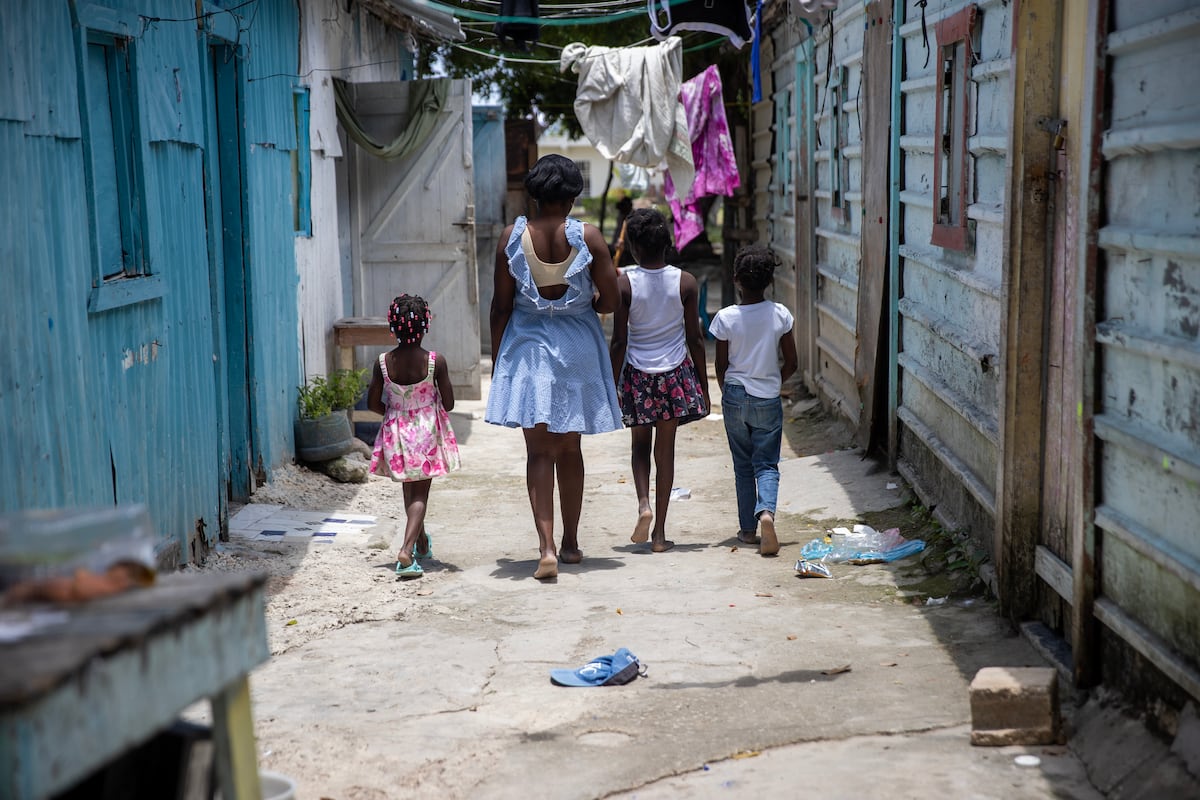

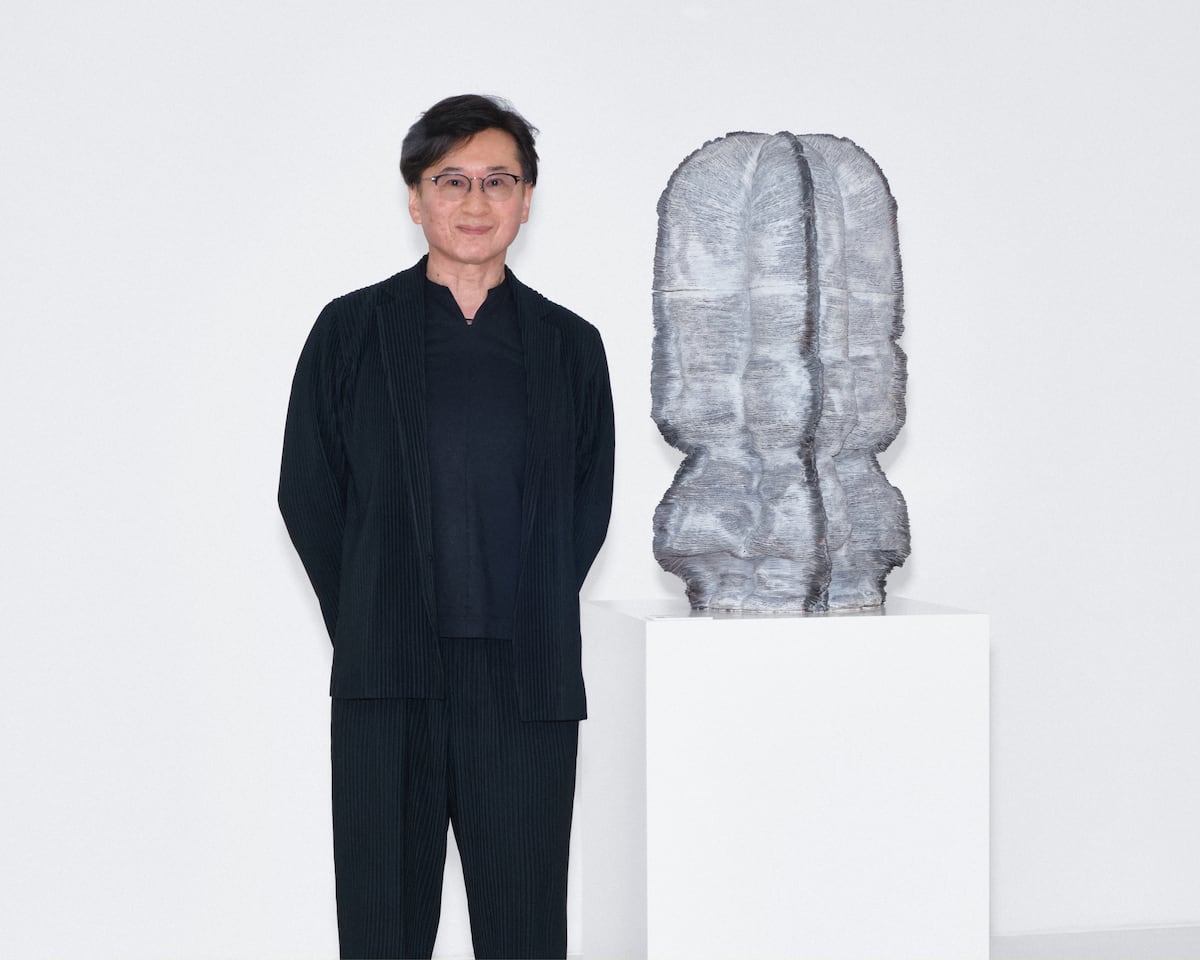

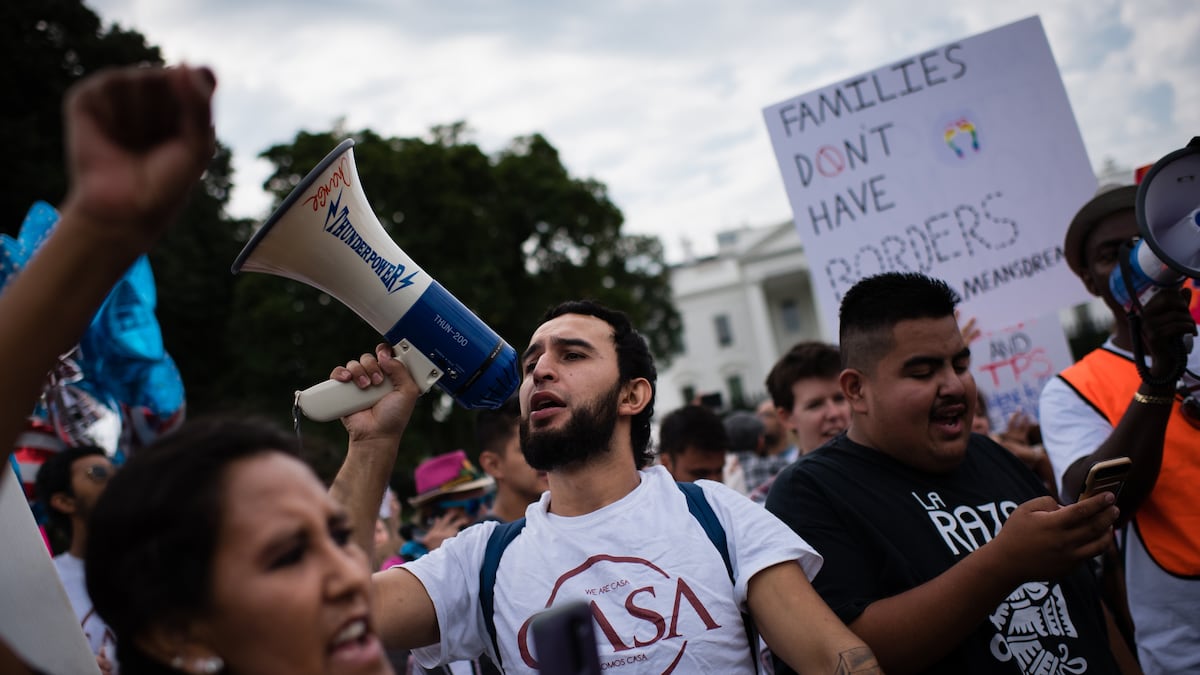

Comentarios